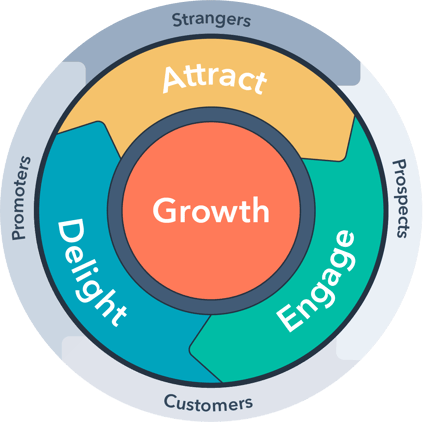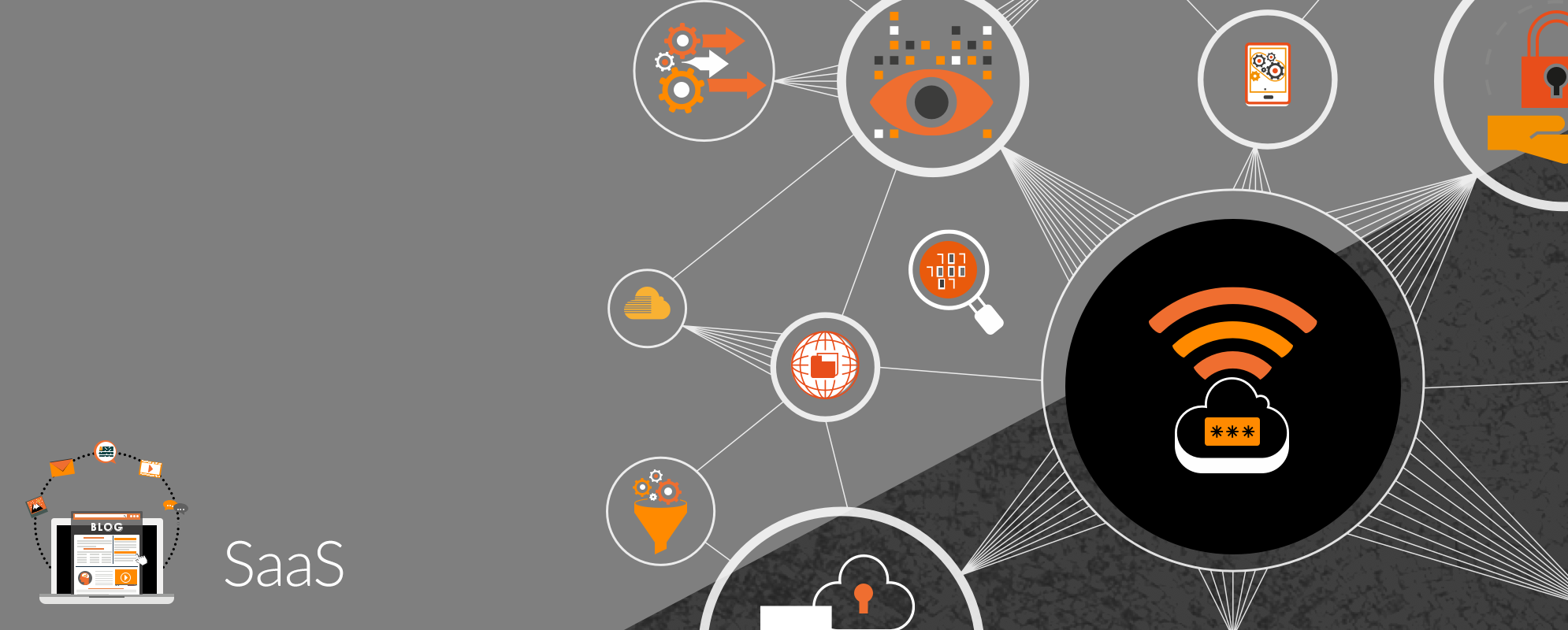Get weekly
HubSpot updates
Sales cycles are repeatable processes followed by sales teams to convert a lead into a customer. A well-defined sales cycle helps you plan your next move and pinpoint your lead’s position in the buyer's journey.
Sales and marketing managers are tasked with ensuring that their teams are aligned with one another in order to successfully hand off leads between these two key business functions.
How long should a sales cycle be?
Every business is different; therefore, every cycle is different. However, it is best practice to ensure the process does not drag out too long, causing missed opportunities as deals go cold. The root cause of this is that the sales team is usually blindsided by manual tasks.
Typically, there are seven stages a sales representative/executive works through to turn a lead into a customer.
- 1) Prospecting - The prospecting stage is one of the most important parts of the sales cycle. It helps qualify leads and prepare for the first contact. Prospecting involves a lot of research to uncover potential pain points the prospect may be experiencing, which your product or service could solve.
- 2) Connect Call - This is the stage where you connect with the prospect, applying one of the many sales techniques available to you.
- 3) Discovery Call - At this stage, you uncover the prospect’s growth plans, sales processes, pains and opportunities. This is the qualification process to follow in order to move on to the next stage.
- 4) Presentation - This is where you make your sales pitch. You have qualified the lead, identified their pain points and learned about the prospect’s target market.
- 5) Overcoming Objections - This is the stage where you uncover the prospect’s potential objections and work together to overcome them.
- 6) Deal Close - This is the point where the deal/sale is agreed upon. At this point, your prospect or lead turns into a customer.
- 7) Nurture New Customer - At this stage, you want to ensure the customer is happy with their experience and kept informed throughout the customer lifecycle. This could take the form of follow-up emails, blog or newsletter subscriptions or even further calls and in-person meetings (if possible). You want your new customer to be an advocate of your business.
HubSpot’s flywheel methodology perfectly reflects the 7 steps of a sales cycle and has a myriad of tools to help qualify leads and speed up the process. But how can they be used effectively to help speed up the Sales Cycle?

Automation
A sales rep’s day-to-day can be stacked with a multitude of boring, repetitive tasks; this affects morale and productivity. As one of the leading sales and marketing automation platforms, HubSpot’s tools and features are geared towards tackling this problem the inbound way. Automation frees sales professionals to focus on high-value tasks such as discovery calls, presentations, and demos.
Compare sales and marketing automation platforms here.
CRM
Have you ever been in a situation where you have to take on a colleague’s prospect/customer (usually due to holiday or sickness), and you have no idea what conversations have taken place because you have no access to email threads/information? Asking the prospect to fill in the gaps can make you come across as unprofessional and act as a friction point.
HubSpot’s CRM eliminates this problem by giving relevant team members visibility of all key sales and prospect interactions. Your CRM becomes a single source of truth for contact information, helping you to manage your sales pipeline and log all business-critical activities.
A quick set-up of the sales extension for Outlook/Gmail enables all emails to and from clients to be tracked within the CRM, making it easier to see the whole conversation.
Learn more about the CRM Tools here.
Reporting
Reporting is the key to effective sales cycle management; it shows what is working and what isn't. A reliable, easy-to-use reporting system will bring a lot of clarity when it comes to understanding performance.
HubSpot reporting dashboards are purpose-built to help you align each sales action with a measurable outcome. For immediate impact, you can take advantage of HubSpot’s out-of-the-box dashboards, or you can set up and customise your own. Not only is it reliable, but it is also easy to set up to report on the KPIs set out by the decision-makers of the business.
Read more about setting up a reporting dashboard here.
Playbooks
The secret to building successful processes within your sales cycle is to establish and document all activities that need to happen when moving a lead through the buyer’s journey. A Sales Playbook is a critical tool that will help you define targets and set expectations so that everyone on your team is following the same compass.
This feature in HubSpot comes with a Sales Professional and Enterprise Subscription. You can create one to better match the business’s revenue goals. Here are some of the advantages your playbook provides:
- Training new team members is quicker, saving your team time and resources.
- New hires are effectively integrated into the business and aligned with their most effective sales techniques and processes.
- Playbooks are adaptable and easy to set up.
Read more about Playbooks here.
Integrations
A quick Google search, and you’ll unearth thousands of apps designed to support sales processes. Knowing which one to choose can be overwhelming. Aside from the cost, you’ll want to ensure that the tools and platforms you’re considering will integrate with your existing tech stack.
HubSpot’s App Marketplace hosts all the best apps that integrate with the platform, along with step-by-step instructions and details on the integration parameters, simplifying your selection process.
Read more about Integrations here.
Implement the HubSpot Sales Hub with Klood
HubSpot is designed to accelerate growth and increase visibility. The tools within each platform are powerful and, when applied correctly, will help generate leads and increase the return on investment (ROI) of your business.
Migrating to a new system is no small undertaking. You’ll want reassurance about the features and benefits, as well as a comprehensive onboarding experience that secures buy-in and gives your team the confidence to use the platform to its full potential.
As a Diamond HubSpot Partner, Klood offers the professional reassurance you need to know that once you launch HubSpot, you can start getting results almost immediately. We provide training, support and strategic guidance on how to implement HubSpot in the most impactful way.
Whether you’d like to use our pre-recorded courses and learn at your own pace, or you’re keen to schedule a personalised onboarding experience, we can deliver the support and service you’re after.

